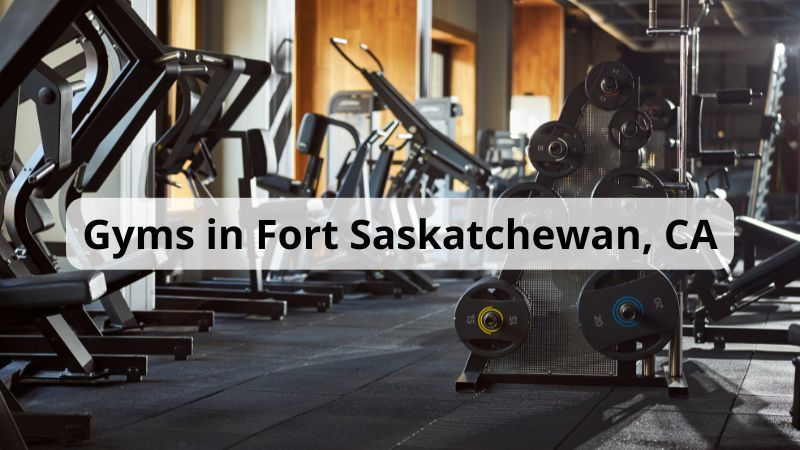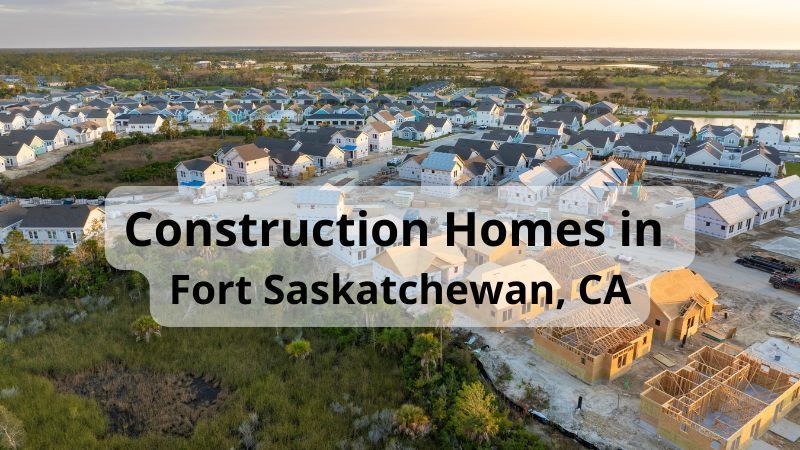Getting Your Driver's License in Canada
Welcome to Last Stop Moving, your go-to partner for all moving and relocation needs in Edmonton, Canada! Navigating a new country can be overwhelming, especially when it comes to obtaining a driver's license. Understanding the Canada driver's license process is crucial, not just for day-to-day commuting but also for enhancing your mobility across the vast landscapes of Canada. Whether you’re relocating for the first time or looking to better manage your move, having a driver’s license simplifies life in numerous ways. This guide will walk you through everything you need to know about acquiring and maintaining a driver’s license in Canada.
Understanding the Structure of Canadian Driver's Licenses
Canada is a large country with a driver’s license system that varies across its provinces and territories. Each region is responsible for its own licensing regulations, meaning there can be differences in requirements and processes depending on where you live. For example, Ontario might have different age requirements compared to British Columbia, and Quebec could have unique testing procedures.
Graduated Licensing System: Stepping Stones to the Open Road
Most provinces in Canada employ a Graduated Licensing System (GLS). This system is designed to help new drivers gain experience gradually and responsibly. The GLS usually consists of multiple stages:
- Learner’s Permit: Allows beginners to practice driving under supervision.
- Intermediate License: Provides more freedom but still comes with certain restrictions.
- Full License: A full, unrestricted license once all testing requirements have been satisfactorily met.
The GLS helps reduce accident rates by ensuring new drivers gain adequate experience under safe conditions. It's an effective system for new residents to familiarize themselves with Canadian roads and driving protocols.
Obtaining Your License: The Step-By-Step
Beginner Drivers: The Starting Line
Obtaining a driver's license in Canada begins with getting a learner's permit, also known as a beginner’s license. Here's what you typically need to start this exciting journey:
- Age Requirement: Generally, you need to be at least 16 years old, although this can differ by province.
- Identification: Present valid identification, such as a passport or birth certificate.
- Vision Test: You'll have to pass a vision test to ensure you can see well enough to drive.
- Knowledge Test: A written test covering road signs, rules of the road, and safe driving practices.
The Path to a Full Class License: Building Proficiency
After obtaining the learner’s permit, the next steps involve gradually progressing through the licensing stages. Each stage requires you to gain more driving experience and complete additional testing:
- Restricted or Intermediate License: After holding the learner’s permit for a certain period (usually a minimum of 12 months), you may attempt the first road test. Passing this test allows you to drive without supervision, although restrictions like no nighttime driving might apply.
- Full Class License: After a certain duration with a restricted license and passing the final road test, you can obtain a full, unrestricted driver’s license.
Testing and Training: Preparing for the Road Ahead
Written Knowledge Exams: The Theoretical Expedition
Before you can hit the road, you must pass a written knowledge exam, which assesses your understanding of essential driving rules and safety measures. Topics typically covered include:
- Road Signs: Recognizing and understanding both regulatory and warning signs.
- Driving Laws: Knowledge of safe driving laws and practices.
- Safety Protocols: Understanding right-of-way rules, emergency procedures, and accident prevention tips.
Tips for Passing the Written Exam:
- Study the Handbook: Each province provides a driver’s handbook, which is invaluable for exam preparation.
- Practice Tests: Use available online practice tests to gauge your knowledge and get familiar with the format.
- Consistent Study Routine: Regular study sessions, even short ones, can significantly boost retention and confidence.
Road Tests: Practical Demonstration of Skills
Passing the written exam allows you to move on to the road test, a practical evaluation of your driving abilities under real-world conditions. Here’s what you can expect:
- Vehicle Inspection: Ensure your vehicle meets safety standards.
- Driving Maneuvers: Demonstrate essential driving skills, such as parallel parking, lane changes, and observing traffic signals.
- Interaction with Traffic: Evaluate your ability to drive safely among other vehicles, pedestrians, and cyclists.
Common Mistakes to Avoid:
- Failing to check blind spots when changing lanes.
- Not fully stopping at stop signs.
- Misjudging the space required for safe merging.
Special Considerations: Beyond the General License
New Residents and International Drivers
If you're a new resident or an international driver looking to settle in Canada, you might be curious about converting your existing driver’s license. Here's what you need to know:
- Conversion Process: Depending on your country of origin, you may be eligible to exchange your license for a Canadian one without taking a road test. This is common for licenses from countries with reciprocal agreements, such as the United States, Australia, and several European countries.
- Documents Required: Typically, you’ll need to provide your current driver’s license, proof of residence, and possibly additional identification. Some provinces may also require a translated and authenticated version of your foreign license.
- Reciprocal License Agreements: These agreements facilitate smoother license conversion, minimizing bureaucratic hurdles for new residents from certain countries.
Renewal and Maintenance of a Canadian Driver’s License
Keeping it Valid: License Renewal Procedures
Once you've obtained your Canada driver's license, it's vital to keep it valid through timely renewals. Renewal procedures can vary slightly by province but generally include the following steps:
- Renewal Notice: Expect a renewal notice a few months before your license expires. This notice usually comes as a mailed reminder from the motor vehicle department.
- Documents Needed: You’ll likely need to present your current driver’s license, proof of address, and sometimes additional identification.
- Fee Payment: Be prepared to pay a renewal fee, which varies by province and license class.
- Handling Expired Licenses: Driving with an expired license can lead to penalties. If your license lapses, you may need to pass knowledge or road tests again for reissuance, depending on how long it's been expired.
A Roadmap to a Smooth Driving Experience in Canada
Navigating the process of securing and maintaining a Canada driver's license can initially seem overwhelming, especially when you're also managing a move to a new region. However, understanding the steps involved, from acquiring a learner's permit to obtaining a full license, ensures a smoother transition. It's essential to become familiar with the requirements in your specific province or territory and to stay informed about testing procedures, renewable processes, and the rules and regulations that come along with driving in Canada.
At Last Stop Moving, we’re not just about moving your possessions, we're about helping you get comfortable and settled in your new home. When planning your move, be sure to explore our comprehensive Moving Service, designed to make your transition as seamless as possible. With the right knowledge and preparation, navigating the roads in Canada can be a breeze.
Whether you’re seeking your first driver’s license in Canada or transitioning to a new type of license, remember that patience and preparation pave the way for your journey ahead. Drive safely, stay informed, and enjoy your new driving adventures in Canada!



